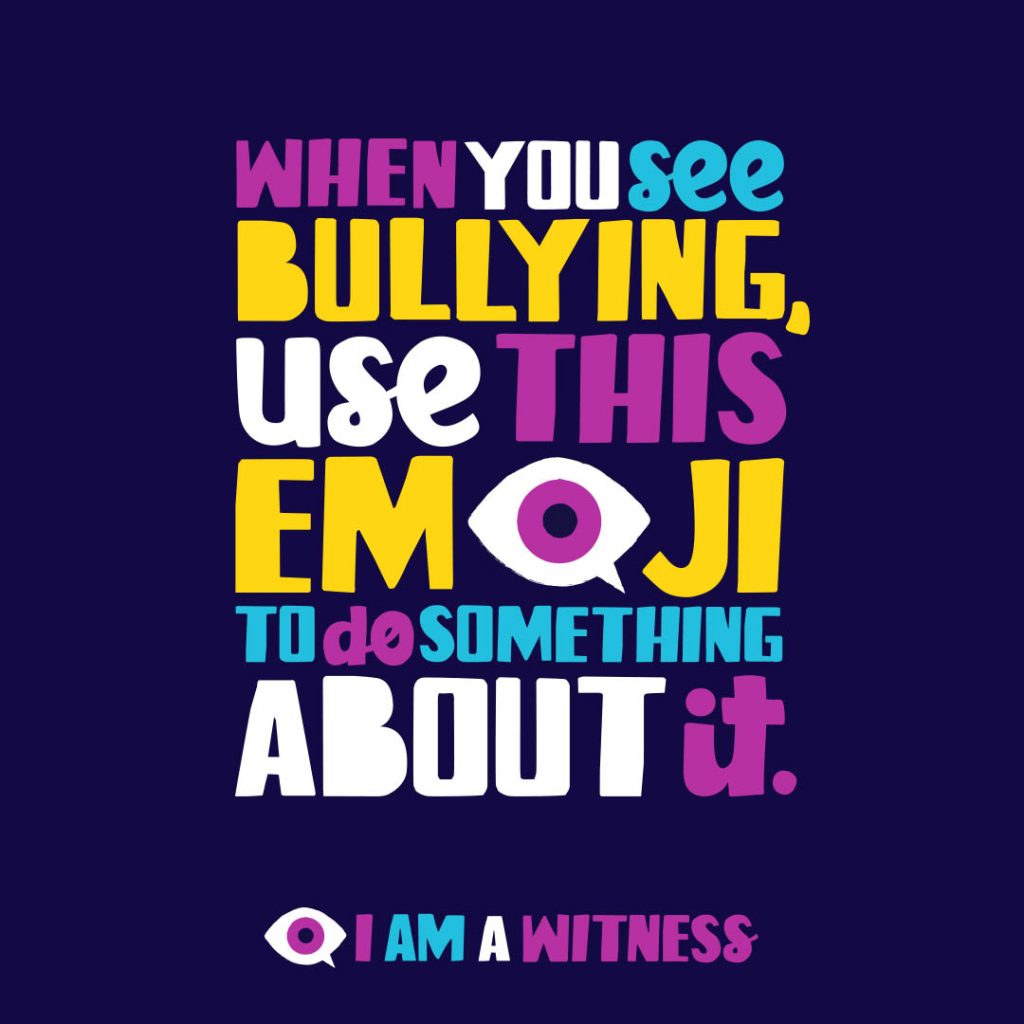The current week marks the official ‘Anti-bullying Week’ here in the Netherlands, and this year’s theme is Online Bullying (see https://www.weektegenpesten.com/, in Dutch). Research on bullying has been going on for decades, but cyberbullying emerged only relatively recently. Nowadays, a myriad of new technologies allow youth to contact each other via the internet, giving rise to concerns (but also exciting opportunities, see last week’s blog post. One question has to be asked: should we be worried about cyberbullies?
A research article with an impressive scope recently reported on the prevalence rates of cyberbullying in England (Przybylski and Bowes, 2017). More than 100.000 adolescents completed a survey on their experiences with both traditional and online bullying. Put shortly, the study finds that nearly a third of adolescents experienced regular bullying in the past couple of month. However, only 3% of adolescents reported that they experienced cyberbullying. Interestingly, there was significant overlap between the two forms: cyberbullying in absence of traditional bullying occurred for less than 1% of the participants. The authors conclude that cyberbullying can best be understood as a new avenue for victimization for those who already suffer from traditional forms of bullying.
Based on this, one could infer that cyberbullying does not present much of a problem. However, there are at least two reasons why we should not dismiss this new phenomenon so quickly. First, while a prevalence of 3% seems meager compared to the prevalence rate of traditional bullying, it is still worthy of our attention. That’s around one kid in an average classroom of thirty! Second, it is likely that the consequences of bullying are even more detrimental when it can continue after school, online. Indeed, the previously mentioned study finds that adolescents who experienced traditional and cyberbullying together were most likely to have low mental well-being.
Thankfully, numerous programs currently exist that target cyberbullying among youth. One example of these would be the “I Am A Witness” program, created by the Ad Council. The idea of the program is quite simple: youth are encouraged to post a particular emoticon (an eye in a speech bubble) whenever they witness cyberbullying taking place. This way, the peer group becomes involved in the interaction between a bully and a victim. Classmates who might have been passive bystanders, are transformed into defenders of the victim.

Picture taken from http://iwitnessbullying.org/
The “I Am a Witness” program provides youth with a clever way to stand up to cyberbullying. But it might do something more. By teaching children that they can speak out to bullying in a relatively effortless and risk-free way, they might become more likely to take on the role of defender in offline settings as well. The digital environment is a training ground, with the ultimate goal of reducing all forms off bullying.
This is just one example, but any program aimed at changing digital behavior has the potential to act as a stepping stone for changes in daily life. Using technology to ease the learning of new skills is core of what we do here at the GEMH-lab, and we emphasize that transferability between digital and ‘real life’ is a key part of these interventions. That blurry line between the online and offline world always needs to be considered if you want to create real, positive change.
Reference
Przybylski, A. K., & Bowes, L. (2017). Cyberbullying and adolescent well-being in England: a population-based cross-sectional study. The Lancet Child & Adolescent Health, 1, 19-26.




